There’s something enchanting about the animals we barely see, the ones who slip through the world’s fingers like smoke. The pampas cat is one of those creatures—a small wild feline whispered about across the grasslands of South America, yet almost never seen. It wears a patchwork coat, blends into the golden grasses, and lives a life so secretive that even seasoned biologists call it elusive. For many locals, it’s as much myth as animal, a flicker at the edge of vision. Today, let’s step softly into its world and explore the mysteries, quirks, and quiet beauty of the pampas cat. Keep reading—you might just fall a little in love with this ghost of the grasslands.
Patchwork Perfection: A Coat to Remember

The pampas cat isn’t flashy, but its fur is a marvel—a blend of soft greys, warm yellows, russet streaks, and sometimes bold spots. No two cats look quite the same. Some are dusted with stripes like a tiny tiger, while others sport dappled spots or even faint rosettes. This patchwork isn’t just for show; it’s perfect camouflage in the waving grasses and tangled shrubs of their South American home. Looking at photos, you might think someone spilled watercolor paint across their backs. It’s humbling to think about how nature crafts such subtle beauty, so perfectly suited for hiding in plain sight. The pampas cat’s coat reminds us that sometimes, the most beautiful things are meant to blend in, not stand out.
From Patagonian Steppe to Andean Heights
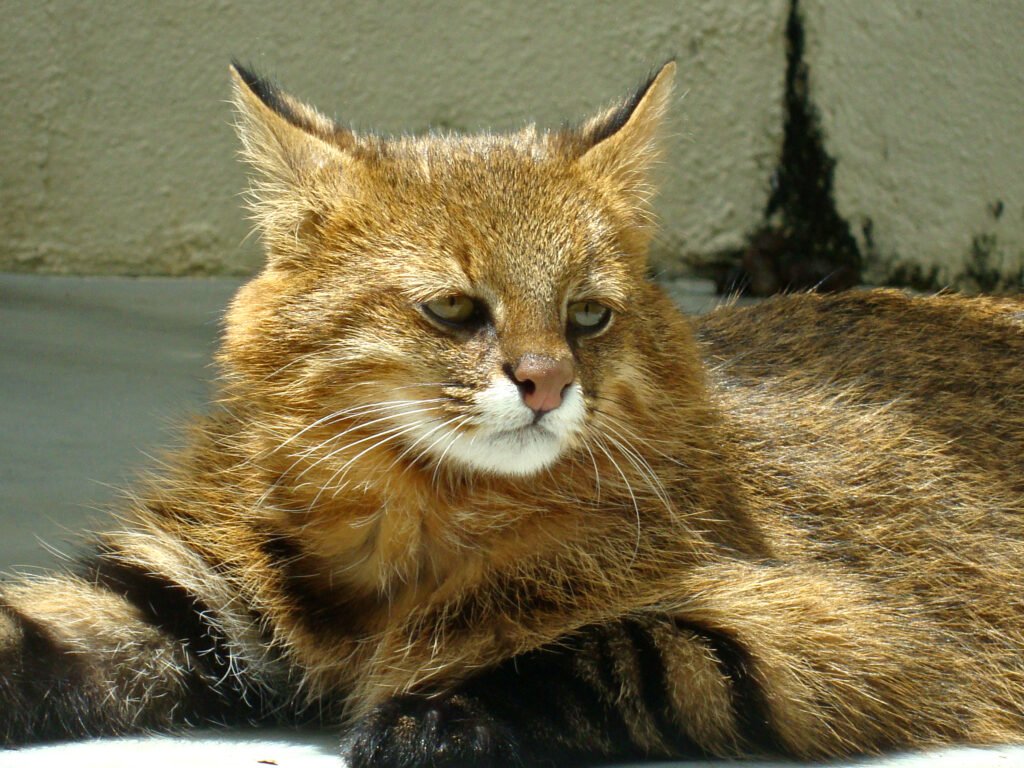
Unlike most wild cats, the pampas cat is a true wanderer. It roams an enormous range, stretching from the chilly southern tip of Patagonia to the sunbaked slopes of Ecuador and Peru. You’ll find it in windswept grasslands, rocky outcrops, and even the ghostly heights of the Andes, where breathing can make your head spin. Such adaptability is rare. Most cats pick one habitat and stick to it, but the pampas cat thrives where others wouldn’t dare. This resilience is inspiring; it’s a small reminder of how animals can bend, stretch, and survive in a patchwork world. Yet, life on the move also brings challenges—each landscape comes with new dangers and rewards, shaping the mysterious life of this South American wanderer.
Solitary Shadows: A Life Lived Alone

There’s something a little melancholy about the pampas cat’s solitary nature. Unlike lions with their pride, these felines are loners, slipping through the grass at dusk and dawn, avoiding both enemies and each other. They’re most active when the world is quiet, padding softly through moonlight or the golden haze of early morning. This solitude isn’t just a quirk; it’s survival. Being alone means less competition for food and a better chance of staying hidden from threats. Still, one can’t help but picture the pampas cat as a ghost of the grasslands—always just out of reach, living a life that’s mostly shadow and silence. Their secretive ways might seem lonely to us, but for them, it’s simply the rhythm of wild living.
Tiny but Tough: Their Surprising Size
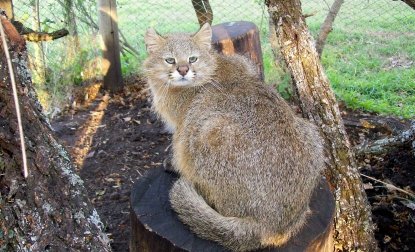
At first glance, you might mistake a pampas cat for a large housecat—until you see the wild glint in its eyes. These felines are compact, weighing just 3–7 kilograms (about 6–15 pounds), with a body length that rarely tops two feet. But don’t let their size fool you. What they lack in heft, they make up for in grit. Surviving in harsh climates, dodging predators, and hunting sly prey all require a tough spirit. Think of them like the scrappy underdogs of the cat world—never the biggest, rarely the most feared, but always determined. Their small stature lets them slip into burrows or vanish between rocks, proving that sometimes, being little is the best armor you can have in a world full of giants.
Mystery Meals: What’s on the Menu?
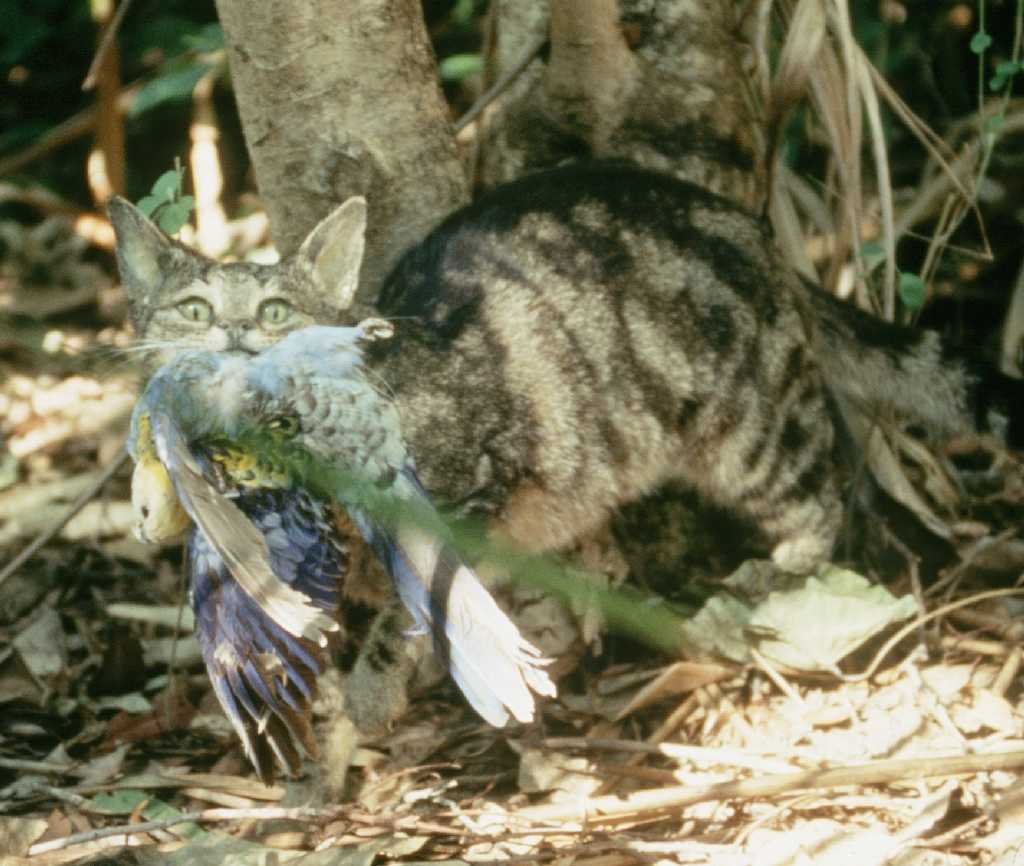
Ever wondered what a wild cat eats when there’s no kibble in sight? Pampas cats are opportunists. Their menu reads like a survivalist’s dream: rodents, birds, lizards, and the occasional bug. In some parts of the Andes, they’re even known to hunt flamingos—yes, those flamboyant pink birds! But mostly, they stick to whatever scurries or flutters nearby. This flexible diet is a big part of their success. By never getting too picky, pampas cats can survive lean times and changing seasons. It’s a good reminder that adaptability—especially when it comes to dinner—can mean the difference between thriving and vanishing. Next time you see a housecat eyeing a moth, remember: it’s not so far from its wild cousins after all.
Silent Stalkers: The Art of the Hunt

Hunting for the pampas cat is a delicate dance—a blend of patience, silence, and sudden speed. They creep low, using every tuft of grass as cover, their bodies practically melting into the landscape. When the moment’s right, they unleash a burst of energy, pouncing with surprising accuracy. Unlike the dramatic chases of big cats, pampas cats rely on stealth and cleverness. It’s a daily test of nerves and skill, where even a rustle of wind can give them away. Watching them hunt (if you’re lucky enough) is like seeing a magician at work—one second there’s nothing, the next, a flash of fur and it’s gone. Their hunting style is a quiet celebration of nature’s artistry, reminding us that the best performers often work unseen.
Kittenhood: Childhood in the Wild

Baby pampas cats are tiny bundles of fluff, blind and helpless for the first days of life. Their mothers tuck them into hidden nests—hollows in the earth, thick grass, or abandoned burrows—where they stay safe from prying eyes. Childhood in the wild is never easy. Every sound could be a predator, every shadow a threat. But these kittens are born survivors. Within weeks, their blue eyes brighten and their legs grow strong enough for clumsy play. Their early days are spent pouncing on siblings, learning the tricks of stealth and balance. Watching a young pampas cat discover its world is pure joy—equal parts awkward and adorable. Their journey from helplessness to silent hunter is a small miracle repeated every season.
The Power of Whiskers and Ears

One of the pampas cat’s secret weapons is its face—especially those long whiskers and tall, alert ears. Whiskers act like radar, sensing the tiniest vibrations in the air and helping the cat move silently through dense grass or rocky crevices. Their ears, always swiveling, can pick up the faintest squeak of a mouse or rustle of a bird. In the wild, these senses mean the difference between a full belly and a long, hungry night. Sometimes, it seems like the pampas cat is listening to a song only it can hear. Their faces—so expressive and tuned to the world—remind us how much life happens outside the limits of our own senses. It’s a humble lesson in paying attention to the things we can’t see or hear.
A Palette of Patterns: Regional Variations

Not all pampas cats look alike. Depending on where they live, their fur patterns can shift in surprising ways. In Argentina’s open plains, they might wear bold stripes; in the Andes, spots and muted tones take over. Scientists once thought these differences meant there were several species—but now, most agree it’s just one cat with many costumes. Nature, it seems, loves to experiment. These regional variations aren’t just for show—they help each cat blend into its unique home, from dusty grasslands to stony slopes. It’s as if the pampas cat is a living canvas, painted anew by every landscape it crosses. Their ever-changing patterns remind us that even within one species, diversity is nature’s favorite trick.
Nighttime Wanderers: Nocturnal Life

While many animals wind down as the sun sets, the pampas cat is just getting started. Nighttime is their playground. Under the cover of darkness, they roam miles in search of food, mates, or new territory. Their eyes glow in the moonlight, reflecting a secret world we rarely see. Nightlife isn’t just a preference—it’s a shield. Moving in the dark keeps them safe from bigger predators and curious humans. There’s something magical about the thought of these cats slipping through the shadows while the rest of the world sleeps. Their nocturnal habits make them seem even more mysterious, as if their true lives are lived in dreams and moonbeams. It’s a gentle reminder that the world never really sleeps, and wonder can be found long after dusk.
Enemies and Dangers: Life on the Edge

For all its resilience, the pampas cat faces plenty of dangers. Natural predators like foxes or birds of prey lurk in the grasslands, always on the lookout for a careless kitten or distracted adult. But the biggest threats come from humans—habitat loss, hunting, and even road traffic can turn a peaceful night into a perilous one. Fires, farming, and expanding cities nibble away at their territory, shrinking the wild spaces they call home. Despite these challenges, pampas cats endure. Each generation finds new ways to survive, adapting to roads, fences, and shrinking patches of wild land. Their quiet persistence is a kind of bravery—one that deserves both our respect and our help. It’s a sobering truth: even the most secretive creatures can’t hide forever from the footprint of humanity.
Human Encounters: Rare and Fleeting
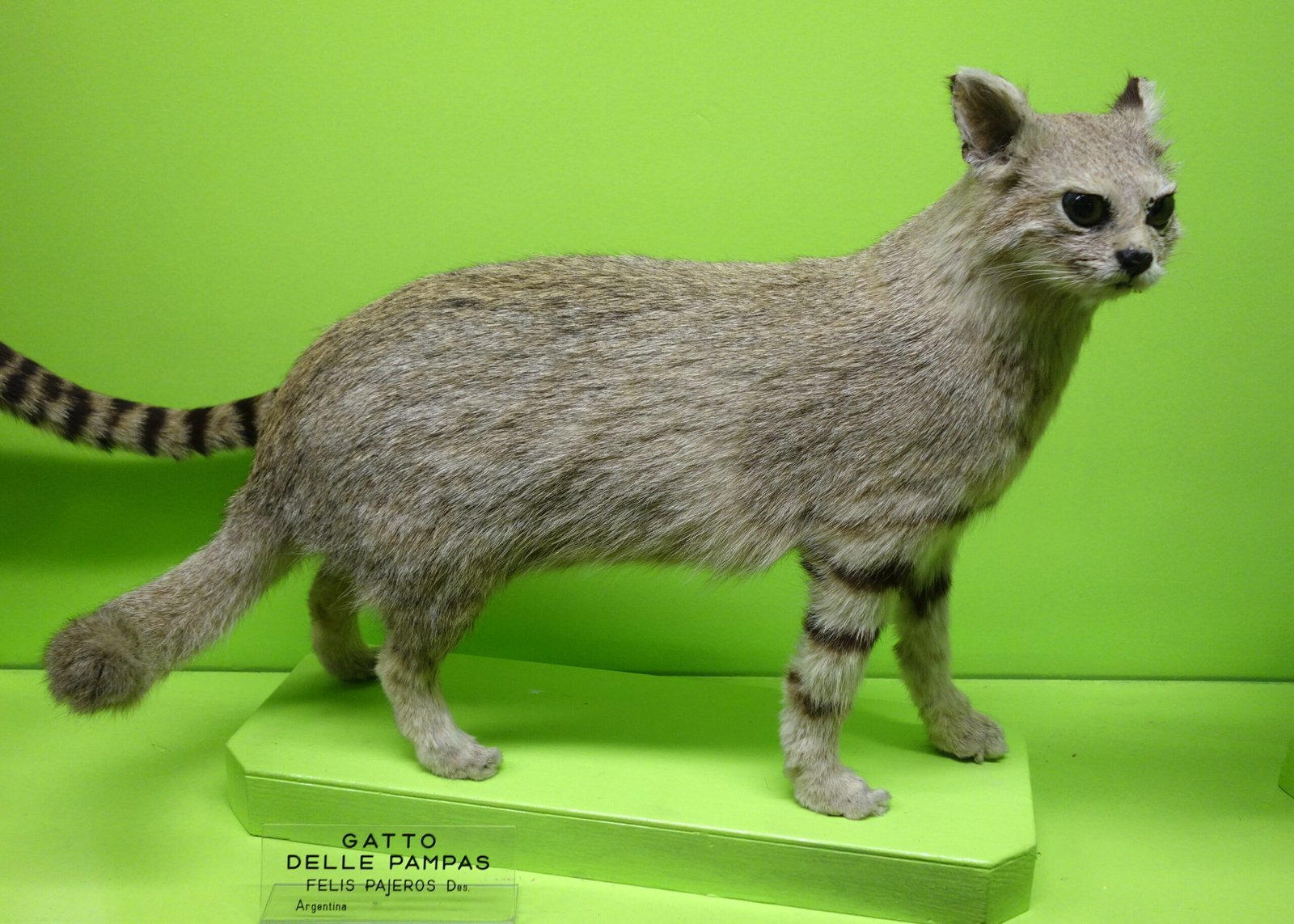
Ask a local rancher or farmer if they’ve seen a pampas cat, and you’ll likely get a shrug or a story about a shadow in the night. Sightings are rare, often little more than a flash of fur vanishing into tall grass. Some people believe they bring luck; others see them as pests. In reality, most humans and pampas cats pass each other by without ever noticing. When encounters do happen, they’re usually quick and quiet. The cat might freeze, eyes wide, before melting away into the brush. There’s a bittersweet beauty to these moments—two worlds colliding for just a heartbeat. For those lucky enough to witness the pampas cat in the wild, it’s a reminder that magic can still be found, even in the most ordinary places.
Cultural Legends and Local Lore

The pampas cat isn’t just a creature of science—it’s woven into the myths and stories of South America. In some Andean villages, its image appears in ancient textiles and pottery, fierce and proud. Folklore paints it as a cunning trickster or a guardian of the highlands, a symbol of both luck and mischief. Stories are passed down: of cats who disappear into thin air, or whose footprints never lead to their hiding place. These tales give the pampas cat a life beyond biology, turning it into a creature of dreams and warnings. Even today, the cat’s reputation lingers in rural communities—half respected, half feared. The power of myth keeps its spirit alive, reminding us that every animal is more than fur and bone; it’s part of our oldest stories.
Elusive Even to Scientists
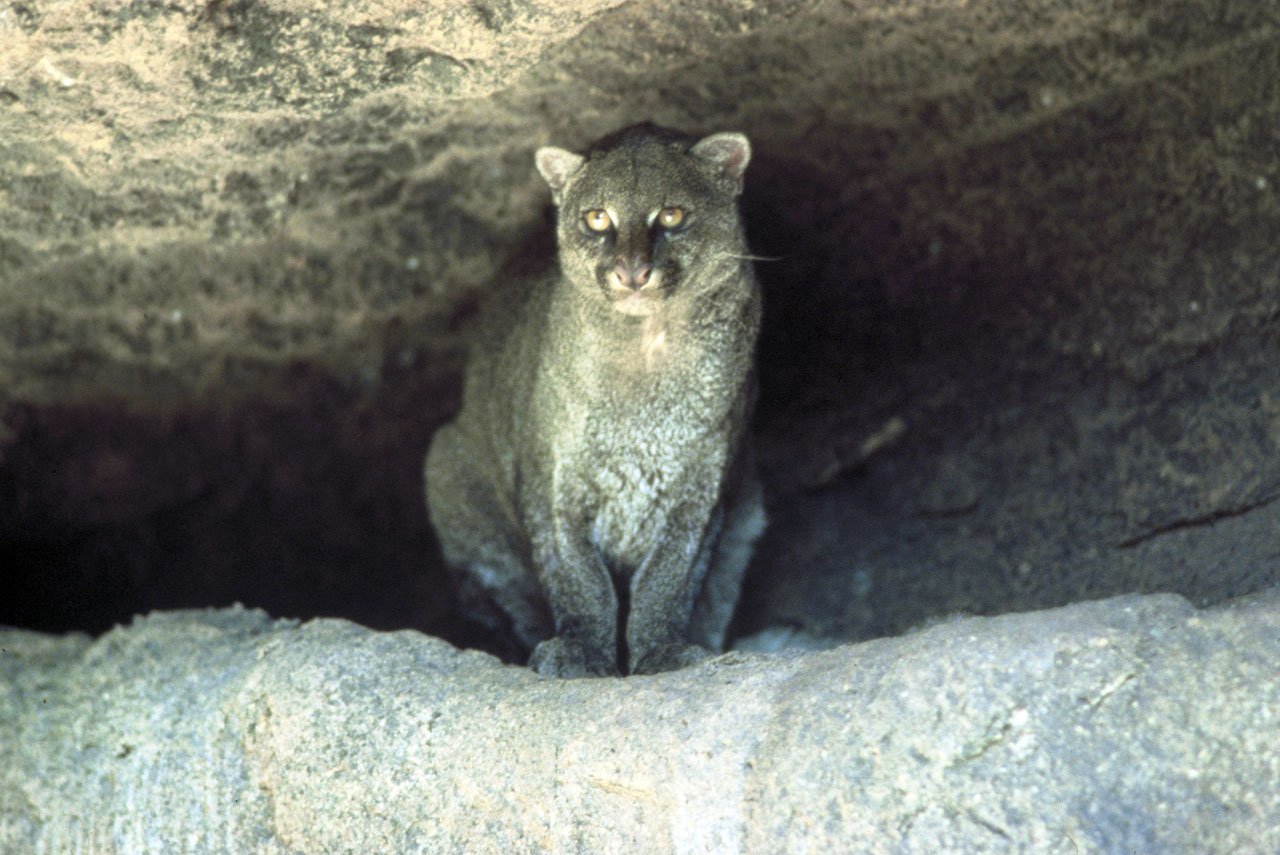
For all our technology—cameras, GPS trackers, motion sensors—the pampas cat remains a riddle. Biologists spend weeks, sometimes months, searching for signs: a pawprint in the mud, the flash of a tail on a camera trap. But this cat is a master of hide-and-seek. Its small size and secretive ways make it one of the least-studied wild cats in the Americas. Every new discovery—a den site, a fresh photo—feels like a treasure. Scientists are still piecing together its habits, diet, and even how many kinds there are. This mystery is both frustrating and thrilling. It’s a reminder that, in a world mapped by satellites, true wilderness and wonder still exist, hiding just beyond the next hill.
Weathering the Elements

South America’s grasslands aren’t always gentle. Winds whip across the pampas, temperatures swing from scorching heat to icy cold, and sudden storms can drench the earth in minutes. The pampas cat takes it all in stride. Its thick fur keeps it warm on chilly nights, while its lean body sheds heat when the sun blazes high. These cats are weather-hardened survivors, perfectly tuned to a landscape that can change in a heartbeat. Watching them move through driving rain or crouch against the wind, you see the quiet toughness that defines wild life. Their ability to endure—no matter the sky’s mood—is something to admire. It’s a gentle nudge: resilience isn’t loud, but it’s always there, quietly doing its work.
Stealthy Step: Moving Through the Grass

If you ever get the chance to watch a pampas cat move, you’ll see poetry in motion. Each step is slow, measured, almost weightless—like a whisper against the earth. Their bodies are built for stealth, with soft pads underfoot and flexible spines that let them slip through the thickest brush. They rarely make a sound. It’s as if the grass itself parts for them, eager to let this ghostly guest pass by. This talent for disappearance is their greatest defense, keeping them hidden from both prey and predators. The world is full of loud, flashy creatures, but the pampas cat proves that quiet grace can be even more powerful. Sometimes, the best way to survive is simply not to be seen.
Unique Tails: Fluffy and Expressive

One of the pampas cat’s most striking features is its tail—long, bushy, and often marked with rings or a dark tip. The tail serves as more than just a pretty appendage. It helps with balance as the cat weaves through rocks or leaps across gullies. When threatened, the tail puffs up, making the cat look bigger and more intimidating than it really is. In moments of curiosity or excitement, the tail flicks and twitches, betraying the cat’s mood. For kittens, the mother’s tail is a toy and a signal, guiding them through their first wobbly adventures. In a world where every advantage counts, this fluffy tail is both a tool and a flag—an unmistakable signature of the pampas cat’s wild life.
Family Dynamics: Motherhood and Teaching
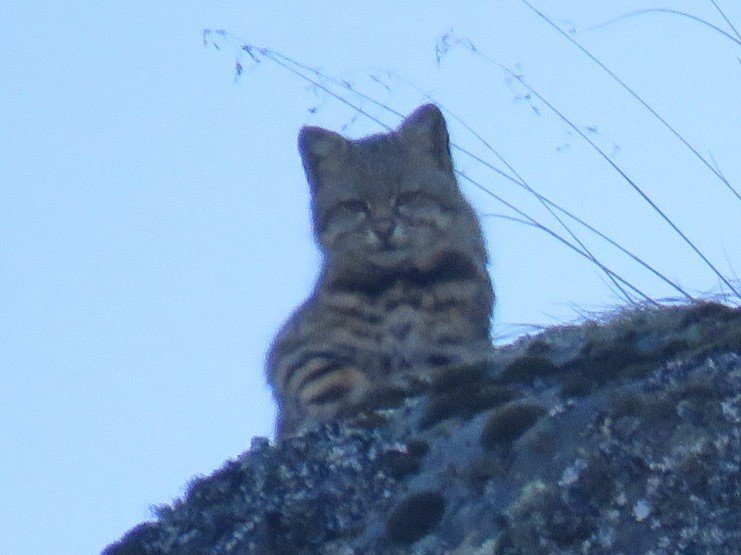
Mother pampas cats are fiercely devoted, and their parenting style is quietly heroic. After a gestation of about 80–85 days, she’ll give birth to a small litter, usually just one to three kittens. The early weeks are spent in deep hiding, with the mother rarely straying far from her den. As the kittens grow, she patiently introduces them to the world—showing them how to stalk, pounce, and, most importantly, hide. Unlike the big, showy pride life of lions, pampas cat families are understated and intimate. The lessons passed from mother to kitten are vital for survival, and every play session is a lesson in stealth or cunning. Their bond is a quiet testament to the strength and tenderness that runs through the feline world.
Vocalizations: The Quiet Talkers

Pampas cats aren’t loud. Their voices are soft and rarely used—tiny meows, low growls, and the occasional hiss if threatened. Unlike some wild cats with roaring or yowling calls, these felines prefer whispers to shouts. Communication is mostly done with body language: a flick of the tail, a slow blink, or the careful arching of their backs. For mothers and kittens, quiet chirps and purrs are exchanged in the safety of their hidden den. This preference for silence is another layer of their secretive lives—it keeps them safe and unseen. In a world that often values the loudest voice, the pampas cat is a gentle reminder that sometimes, the quietest creatures have the most to say.
Conservation Concerns: A Precarious Future
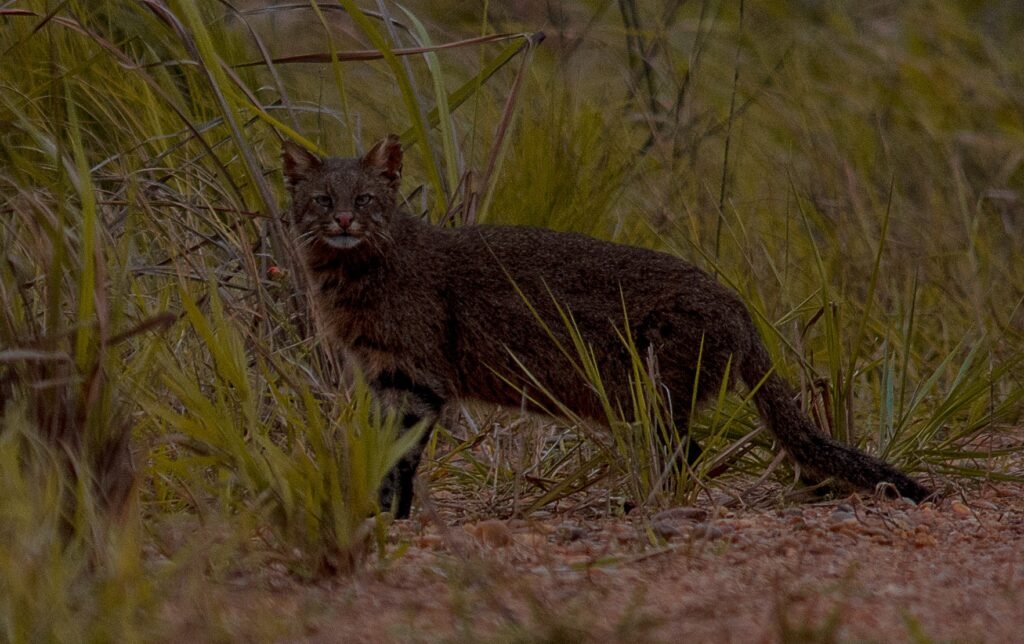
The pampas cat is officially listed as “Near Threatened,” and for good reason. Habitat loss from agriculture, fires, and development chips away at their range every year. Illegal hunting—sometimes for their beautiful pelts, sometimes because they’re blamed for livestock losses—remains a problem. Conservationists are working hard to understand and protect these elusive cats, but their secretive habits make research slow. Every small victory—like a new protected area or a successful community education program—is worth celebrating. Their fate is a delicate balancing act between wildness and human progress. If we want to keep the pampas cat’s secret alive, we’ll need to act with both urgency and humility. Their future depends on the choices we make today.
Adapting to Changing Landscapes

The world never stands still, and the pampas cat must keep pace. Farms expand, roads crisscross once-empty plains, and climate change shifts the very ground beneath their paws. Some cats learn to live near people, sneaking through fields at night or sheltering in abandoned sheds. Others retreat deeper into the wild, clinging to shrinking patches of untouched grassland. Adaptability is their greatest strength, but even the most flexible animals have limits. The story of the pampas cat is a story of change—sometimes hopeful, sometimes heartbreaking. Watching them adapt is both inspiring and sobering, a living lesson in resilience and the cost of progress. Their survival is not guaranteed, but their spirit remains unbroken.
Why Protect the Pampas Cat?
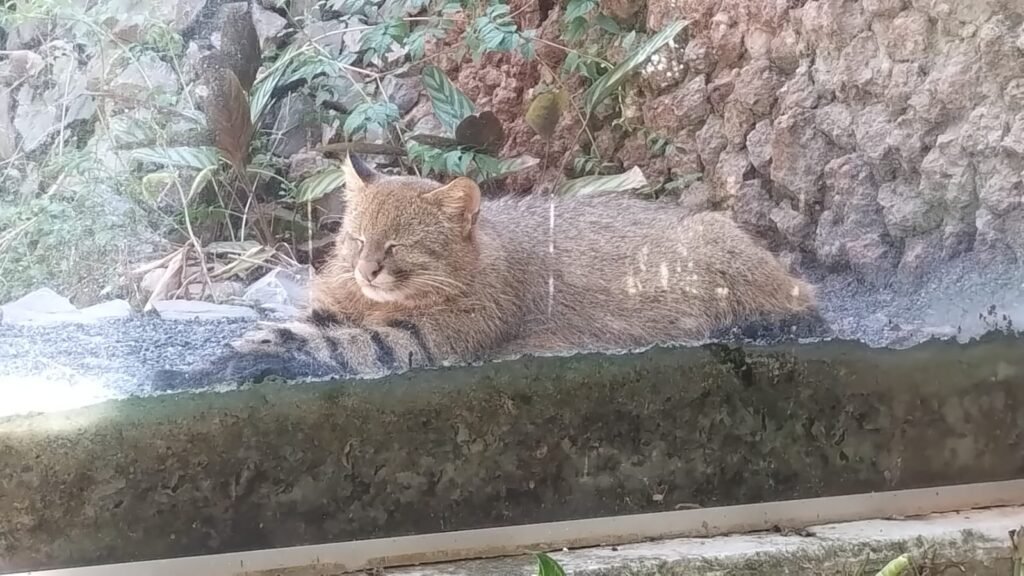
You might wonder—why should we care about a cat most of us will never see? The pampas cat is more than just a pretty face in the grasslands. It plays a vital role in its ecosystem, helping control rodent populations and keeping the balance in check. Its presence signals a healthy landscape, one where wildness still has a place. Losing the pampas cat would mean losing part of South America’s natural heritage—a quiet thread in the tapestry of life. Protecting them isn’t just about saving a single species; it’s about honoring the wildness that makes our world richer, stranger, and more beautiful. Every creature, seen or unseen, has a place in the story of the earth.
Hope for the Future: Conservation Efforts

There’s reason for hope. Across South America, conservationists, researchers, and local communities are joining forces to protect the pampas cat. Efforts include creating wildlife corridors, promoting sustainable farming, and educating people about the cat’s role in the ecosystem. Camera traps and field studies are slowly revealing more about their secret lives, giving scientists the tools they need to fight for their survival. Change is never easy, but small victories add up. Each new discovery brings a spark of optimism—a sign that, with care and attention, the pampas cat’s story isn’t over yet. It’s a slow, determined kind of hope, built on the belief that even the most elusive creatures deserve a place in our world.
Conclusion

There’s a quiet magic in the hidden corners of the world, and the pampas cat embodies it perfectly. It’s a reminder that wonder isn’t always loud or easy to find—sometimes, it’s a soft shape in the grass, a pair of glowing eyes in the night. The pampas cat asks us to look closer, to cherish the wild things that slip between the cracks of our busy lives. In their resilience, their beauty, and their mystery, these cats show us the value of the unseen and the power of quiet survival. Isn’t it extraordinary how much can exist just beyond our sight, waiting to be discovered? What other wonders are out there, just out of reach?

Linnea is a born and bred Swede but spends as much time as possible in Cape Town, South Africa. This is mainly due to Cape Town’s extraordinary scenery, wildlife, and atmosphere (in other words, because Cape Town is heaven on earth.) That being said, Sweden’s majestic forests forever hold a special place in her heart. Linnea spends as much time as she can close to the ocean collecting sea shells or in the park admiring puppies.






